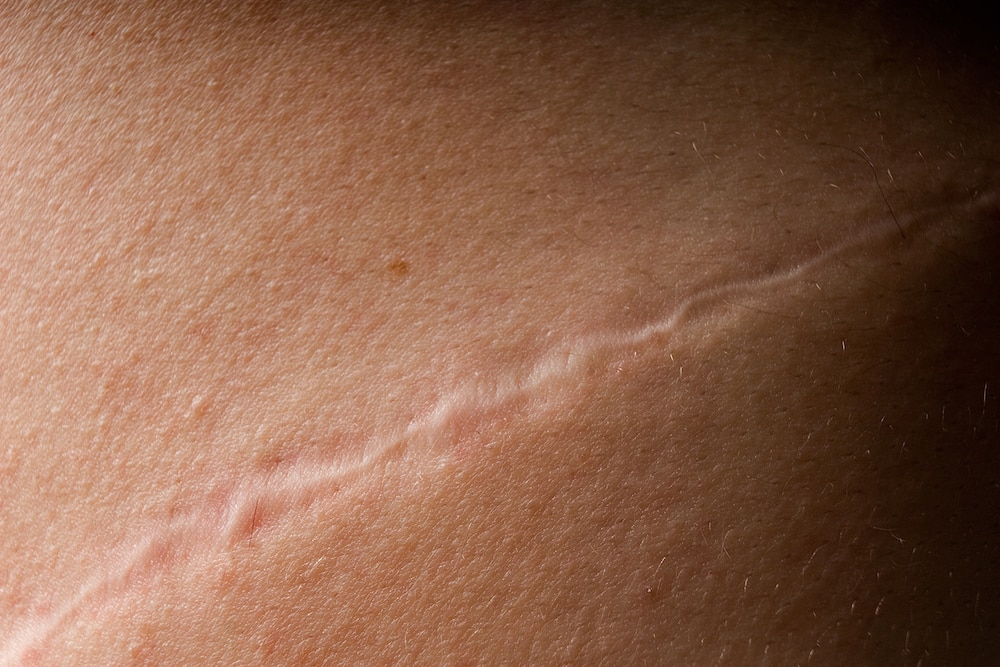Think you have thick skin? You’re literally right
Tell that to whoever says your skin is too thin.

Has anyone ever told you to grow a thicker skin? Tell them your skin is already tough enough, and if they ask why, you have the ultimate comeback: because science can prove it.
Human skin is tougher than you might think. When researchers at Binghamton University created artificial skin to see what it took to break, they found that they needed huge amounts of pressure from sharp and blunt weapons to penetrate it. Why? Our skin has a stiff outer layer (the stratum corneum) and more flexible layer beneath (the dermis). Evolution usually involves trade-offs, and something has to give for another thing to create balance. Somehow, we ended up evolving skin that has the maximum toughness and maximum potential to be deformed.
Say you were a medieval warrior, like someone in Shadow Walker’s band of rebels from Sword of Vengeance. You would want your skin to be tough even under all that armor. If something managed to pierce that armor, then the skin underneath would be your last defense. Biomedical engineer Guy German of Binghmton led a study, recently published in Soft Matter, exploring just how much literal pressure human skin can endure.
“It just so happens that a thin stiff layer on top of a thicker layer offers the optimal toughness and deformability,” he told SYFY WIRE. “The dermis contains collagen and elastin fiber networks that respectively offer mechanical integrity and elasticity to the skin, but the stiff-on-soft layered structure of the skin was really of interest.”
German and his research team created membranes of artificial skin from polydimethylsiloxane (PDMS), which is often used in biomedical research because it is nontoxic and doesn’t react with anything. They recreated the thinner and stiffer stratum corneum over the more pliable dermis. Then they pounded it with rods of varying bluntness and sharpness, wanting to find out what the limit was before this skin reached its breaking point. Mammalian skin is thought to have evolved from both the need for protection — this is where the stiff layer comes in — and need for movement to hunt prey and escape from predators.
If you were going to die by the sword like the rebels in Sword of Vengeance, you would have wanted your enemy to have paid the blacksmith a visit before battle so their sword would be as sharp as possible. Enough physical stress can puncture human skin. However, that also depends on the sharpness of the object being used.
Say someone was trying to smite you with an extremely sharp blade and somehow got past your armor, most of the mechanical stress would be forced on the skin around the site the tip of the blade hit, which would let it penetrate more easily. This is why it would be an easy kill for them and a (nearly) painless death for you. Being stabbed with a blunt sword over and over again would be legit medieval torture.
“When one punctures a membrane the forces will initially cause a divot prior to rupture,” German said. “Usually, the local forces below the indenter are a maximum. When using a blunter indenter, the forces below the indenter are more distributed and the sides of the divot are being stretched.”
It would be dreadful if your enemy skipped the blacksmith before coming at you. Blunter objects need more force to penetrate the skin because, instead of being concentrated at one point, stress would be distributed more broadly. Something else German found out during his experiment with artificial skin was that enough force exerted with a blunt object can make coring occur. It's as gruesome as it sounds.
While skin can take tremendous force, and it is possible to get away from a brutal hit with no more than a bruise, too much force with a blunt sword could pull more at the areas around the tip of the blade than the tip itself. The skin that was higher up and surrounding the tip would fracture all around, leaving a core of intact skin. Horrifying.
“Coring occurs when the forces in the surrounding stretched material first become greater than the cohesive strength of the tissue,” German said. “The indentation is also radially symmetric, so the maximum force will occur all the way around the divot.”
So how much of a pounding could Shadow Walker’s warriors take? That could only be found out with specific tests, but suffice to say they didn’t go down easy.




























